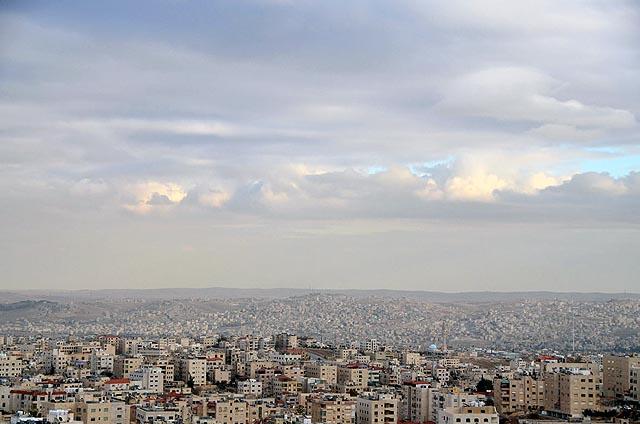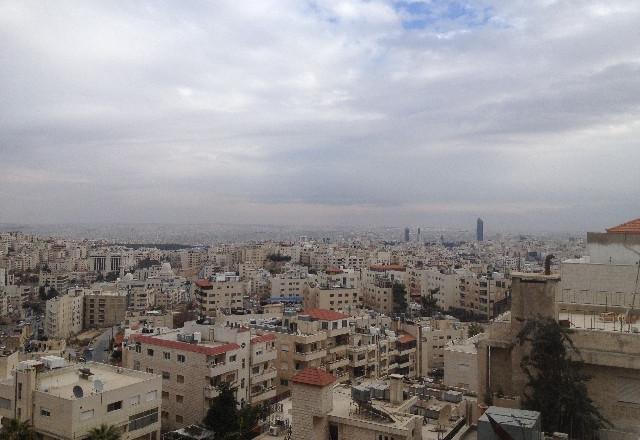AMMAN — A depression that started affecting the Kingdom on Saturday is expected to bring scattered showers on Sunday, according to the Jordan Meteorological Department (JMD).
The depression, which is centred over the northern beaches of Egypt, began affecting the Kingdom on Saturday, bringing rain to several regions of the country, meteorologist Ahmad Arnaout told The Jordan Times over the phone.
He noted that northwesterly winds are expected to raise dust in desert areas, urging motorists to exercise caution.
Temperatures in Amman are forecast to reach a high of 13°C on Sunday, while a drop in mercury levels is expected in the evening, reaching 4°C, according to Arnaout.
He noted that the depression will end Sunday evening, expecting the clouds to dissipate.
He noted that the weather will be relatively cold on Monday, adding that temperatures in Amman are forecast to reach a high of 15°C and a low of 4°C.
Despite the limited number of depressions that have hit the Kingdom this year, Arnaout said there is still a chance for rain before the end of winter.
“Even when spring starts, chances for rain will still be high,” he added.
The first rainfall in Jordan is usually witnessed in mid-September or early October, while the wet season continues until February, according to the JMD.
Since a snowstorm hit the Kingdom last December, the country has not received any substantial rainfall.
Earlier this month, the Ministry of Awqaf and Islamic Affairs organised prayers for rain around the country due to lack of precipitation during the current wet season.
Hundreds of Jordanians gathered in Amman and other cities to perform the Istisqaa prayer, a special Muslim prayer which has been practised since the time of Prophet Mohammad.
Officials have warned that the Kingdom is facing a drought threat which will have a negative impact on water storage and crops if it persists.
The dams currently have 140 million cubic metres (mcm), or 43 per cent of their total capacity of 325mcm, which is 14 per cent less than the amount stored at the dams during this time last year of 186mcm, according to official figures.


















